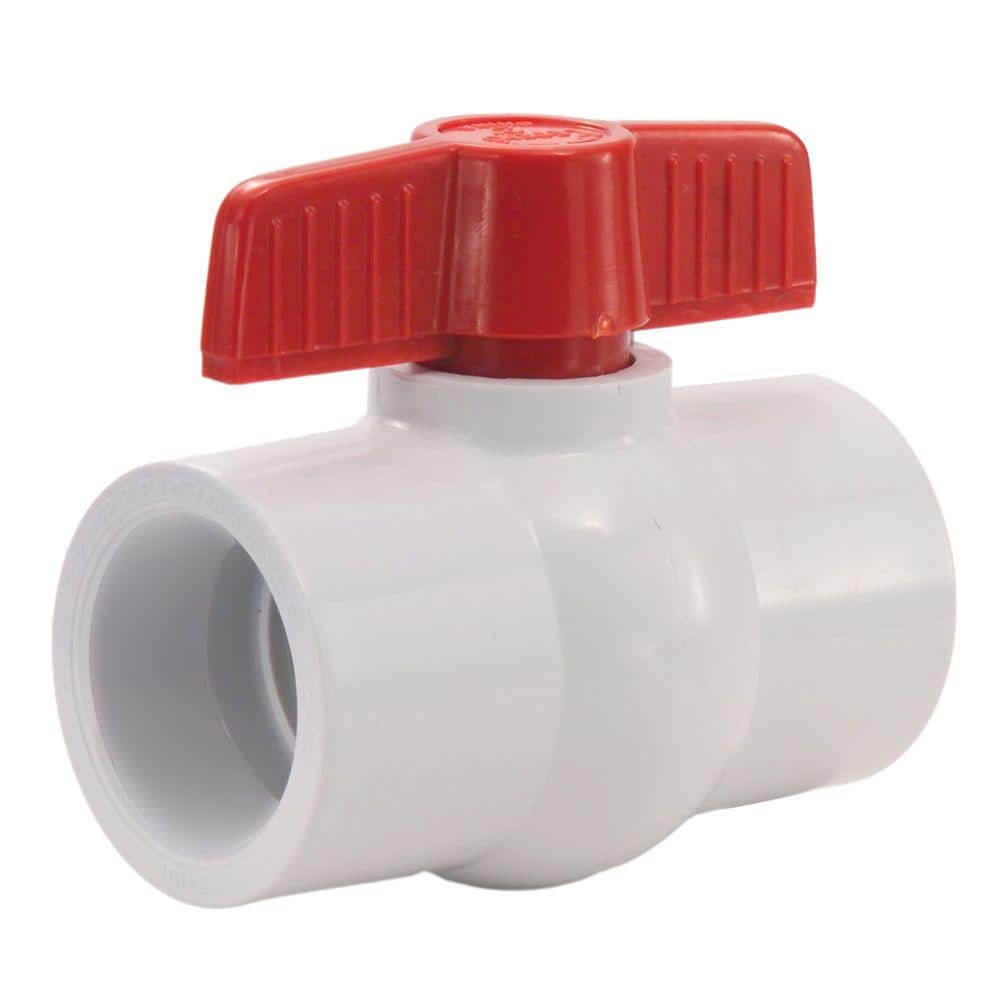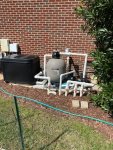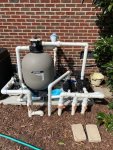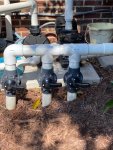Heater bypass: good.
Booster backup: fine.
N2E dead: great.
This is what I would do were it mine:
I would use three three-way valves instead of four two-way valves. Cost might be less or a wash.
Assuming that tee just above the ground on the return side is going to each return, I would put a three-way there to be able to control both returns independently. You could customize your circulation, you could shut one off if you ever needed to (like if it started leaking), you could use one for a temporary sprayer or water-fountain feature and be able to balance that feature with the other return, etc. Just a nice option to have at the ready. I don't recommend you leave that ball valve there, as it will fail at some point, too. So as long as you're replacing it, give yourself some extra control.
The other two three-ways would replace the three ball valves on the suction side. Right now, it's possible to close off all the water to the pump, which you'd never want to have happen. Two three-ways would give you the same control over the three suction ports that you have now, but would prevent the pump from ever getting starved. One three-way would be used to balance suction from the two skimmers, the other three-way would be used to balance between main drain and the skimmer circuit.
Alternately, you could replumb the main drain to be a deep-water return. Stay with me. This would improve circulation, especially for heating. You don't need a main drain, and they do little for circulation. There are other, better ways to drain a pool. If you have only a single main drain (only one drain cover), converting it to a return would eliminate a rather dangerous entrapment possibility. This alternate plan would still only need the three three-ways, though it would be one on the suction side and two on the return side.
Just some options to consider.





